The Calico Museum in Ahmedabad is one of India’s most prestigious textile museums, showcasing the country’s rich textile heritage. Founded in 1949, this museum holds an unparalleled collection of fabrics, textiles, and artefacts that trace back centuries. Whether you’re a history enthusiast, an art lover, or someone intrigued by India’s craftsmanship, the Calico Museum offers a deep dive into the textile traditions of India. In this guide, we’ll walk you through everything you need to know about visiting the Calico Museum in Ahmedabad, from how to get there, what to see, and tips to enhance your experience.
Location
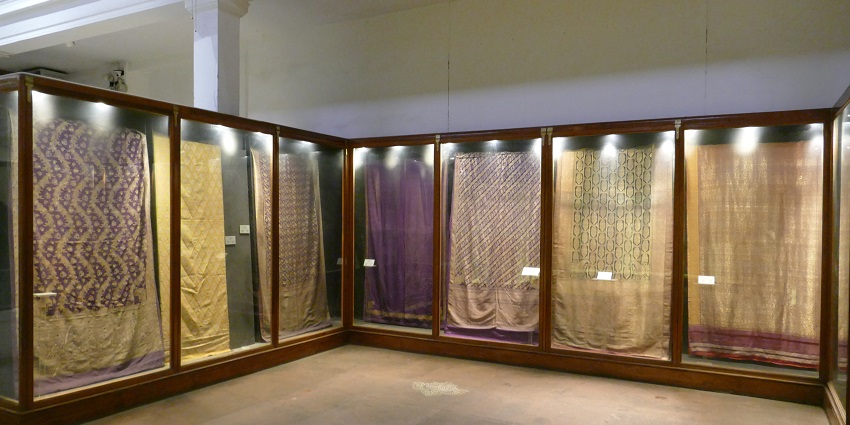
Photo: Kritzolina / Wikimedia Commons / Image For Representation Only
The Calico Museum is located in the Shahi Bagh area of Ahmedabad, Gujarat. This area is historically significant and is home to other prominent cultural landmarks. The museum itself is housed in a beautiful mansion that adds to the overall charm of the visit. The serene environment and well-maintained gardens surrounding the museum provide a peaceful retreat from the bustling city.
Suggested Read: Top Museums In Ahmedabad To Unlock The Cultural Past
How To Reach The Calico Museum
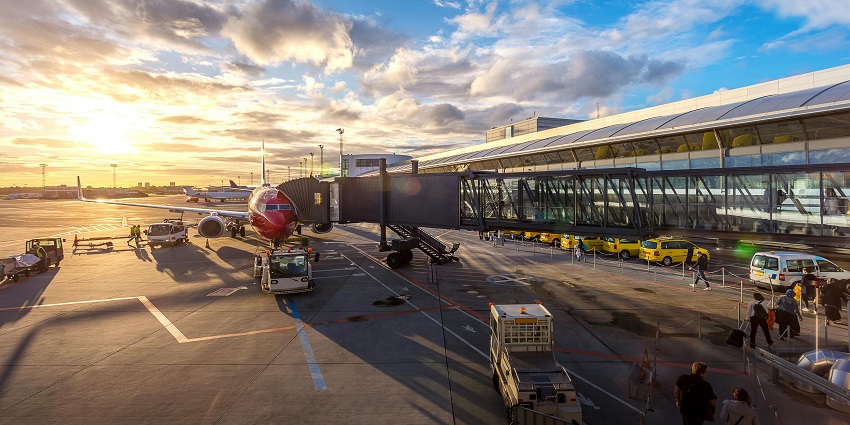
Photo: Tanathip Rattanatum / Pexels / Image For Representation Only
By Road: The Calico Museum is about 8 km from the city centre, and you can easily reach it by car or taxi. Ahmedabad has a reliable bus service. The closest bus stop to the Calico Museum is just a short walk away.
By Air: If you’re flying into Ahmedabad, the Sardar Vallabhbhai Patel International Airport is just 10 km from the Calico Museum. You can hire a taxi or use app-based cab services to reach the museum directly.
By Rail: Ahmedabad is densely connected by railways. It is very cost-effective to travel with the rail route. There is a main junction at a walkable distance from the museum.
Places To Visit In And Around The Calico Museum
The Calico Museum of Ahmedabad offers several galleries and sections, each dedicated to different eras and styles of Indian textiles. Here are the must-visit sections within the museum:
1. The Textile Gallery
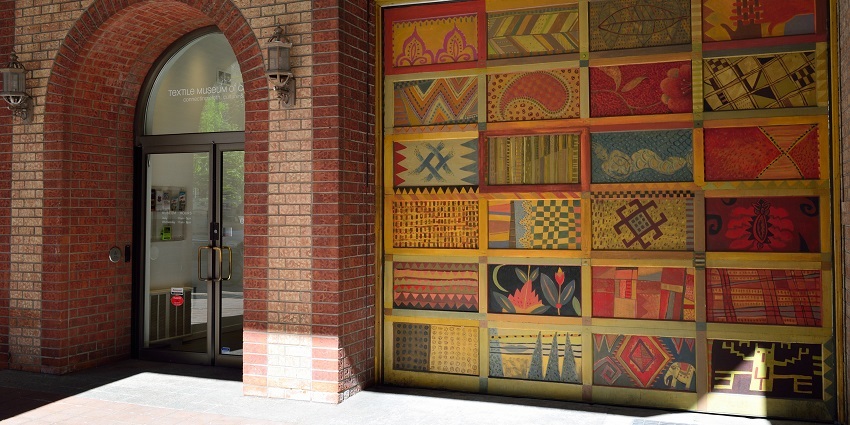
Photo: Raysonho / Wikimedia Commons / Image For Representation Only
The Calico Museum’s heart lies in its impressive textile collection, which spans from Mughal-era tapestries to a diverse array of regional Indian fabrics. This extensive gallery showcases a rich variety of intricately designed textiles, including luxurious brocades, detailed embroideries, and exquisite hand-painted fabrics. Each piece reflects the artistry and craftsmanship that have been integral to India’s cultural heritage. The museum’s collection provides a comprehensive look at the evolution of textile art in India, making it a fascinating destination for those interested in traditional craftsmanship and historical fashion.
Timings: 10 AM – 1 PM, 2 PM – 5 PM (Closed on Wednesdays)
Entry Fees: ₹150 for adults, ₹75 for children
Suggested Read: Exploring The Marvels Of Dwarka Underwater Museum
2. The Jain Gallery
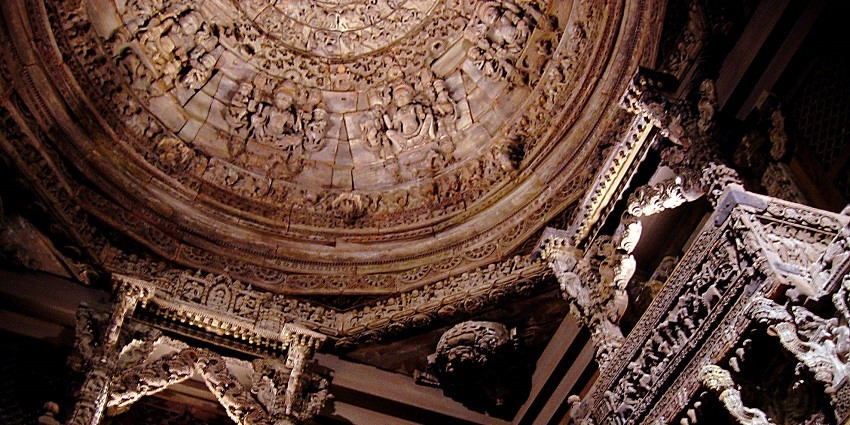
Photo: Rosemaniakos / Wikimedia Commons
The Jain Gallery, a dedicated section of the museum, offers a deep dive into the rich tapestry of Jain religious textiles. This gallery features a remarkable collection of rare Jain manuscripts, elaborate temple hangings, and sacred textiles, each providing a unique glimpse into the Jain religious art and traditions. The artefacts on display illustrate the meticulous craftsmanship and spiritual significance of Jain textiles, highlighting their role in religious rituals and practices. The gallery serves as a vital resource for understanding the historical and cultural context of Jain art, making it a compelling visit for those interested in religious and cultural studies.
Timings: 10 AM – 1 PM, 2 PM – 5 PM (Closed on Wednesdays)
Entry Fees: ₹150 for adults, ₹75 for children
3. The Craftsmanship Gallery
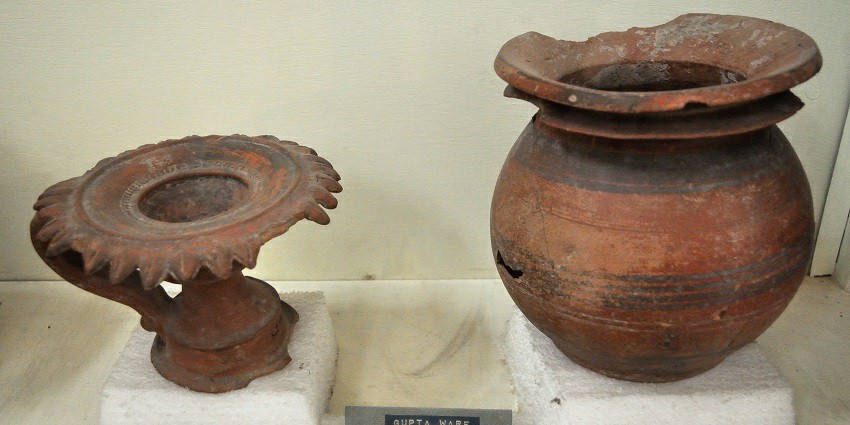
Photo: Biswarup Ganguly / Wikimedia Commons / Image For Representation Only
The Craftsmanship Gallery offers an insightful exploration of the tools, dyes, and materials used in traditional textile production. This section of the museum provides a behind-the-scenes look at the intricate processes involved in fabric creation, showcasing various tools such as looms and dyeing equipment. Visitors can see firsthand how these materials were used to produce exquisite textiles, gaining an appreciation for the labour-intensive techniques and craftsmanship that have been passed down through generations. The gallery not only highlights the technical aspects of textile production but also underscores the artistry and skill required to create these timeless fabrics.
Timings: 10 AM – 1 PM, 2 PM – 5 PM (Closed on Wednesdays)
Entry Fees: ₹150 for adults, ₹75 for children
Suggested Read: Discover The Rich History At Sardar Patel Museum
4. Sabarmati Ashram
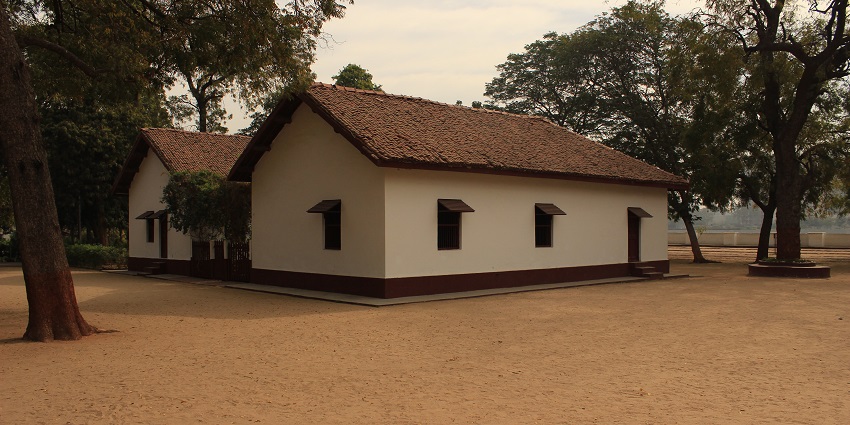
Photo: Snehrashmi / Wikimedia Commons
Located about 8 kilometres from the Calico Museum, Sabarmati Ashram is a significant historical site and the former residence of Mahatma Gandhi. The ashram, situated on the banks of the Sabarmati River, offers insights into Gandhi’s life and the Indian independence movement. Visitors can explore the museum, see Gandhi’s personal belongings, and stroll through the serene gardens that reflect his philosophy of simplicity and peace. The place is a symbol of revolution and peace.
Timings: 8:30 AM – 6:30 PM
Entry Fees: Free
5. Adalaj Stepwell
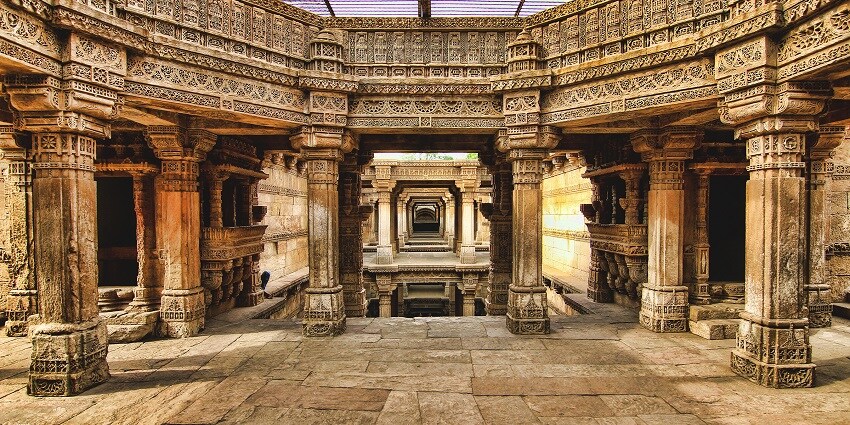
Photo: Karthik Easvur / Wikimedia Commons
Approximately 20 kilometres from the Calico Museum, Adalaj Stepwell is a stunning example of ancient Indian water architecture. Built in the 15th century, this five-story stepwell is adorned with intricate carvings and serves as a serene retreat from the heat. The Stepwell’s ornate designs and historical significance make it a fascinating destination for those interested in architecture and history. It is the best place for photography and to learn about ancient architecture.
Timings: 8 AM – 6 PM
Entry Fees: INR 15 for Indian tourists, INR 100 for foreign tourists
Suggested Read: Top Museums In Surat For A Cultural Journey In Gujarat
Where To Stay
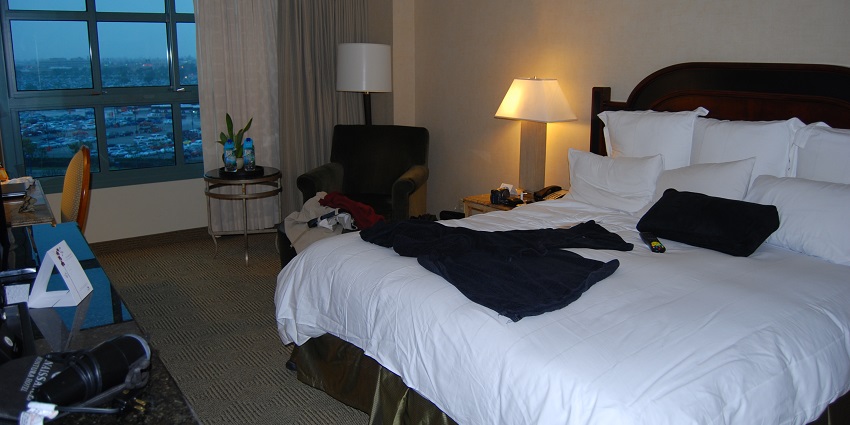
Photo: Eddie Maloney / Wikimedia Commons / Image For Representation Only
Ahmedabad offers a range of accommodations, from budget hotels to luxurious stays. When visiting the Calico Museum, consider staying near the Shahi Bagh area, which is close to the museum. This will make commuting easier and allow you to explore nearby attractions with ease. Book your accommodation in advance, especially during peak tourist seasons like winter and festival times, as the city gets crowded. There are many hotels that will give you a warm homely feeling with their hospitality.
Where To Eat
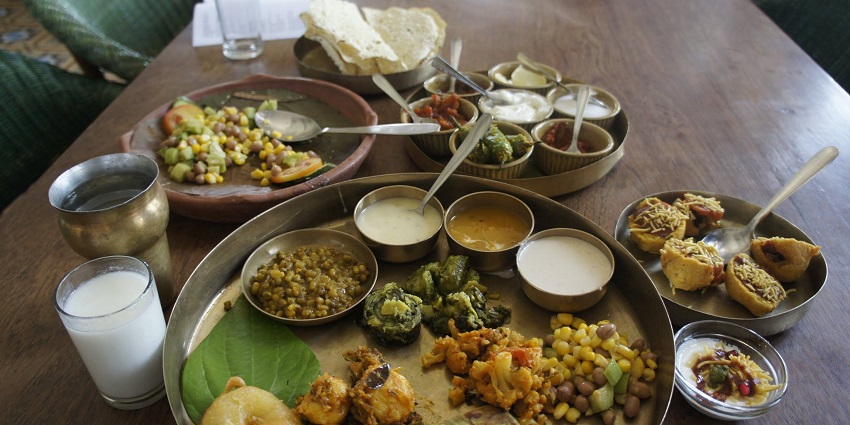
Photo: Bheem3 / Wikimedia Commons / Image For Representation Only
Ahmedabad is renowned for its vibrant and delectable local cuisine, which offers a rich array of flavours and dishes. After exploring the Calico Museum, visitors can indulge in nearby eateries that serve traditional Gujarati thalis, a comprehensive meal featuring a variety of dishes such as dal, sabzi, and puri. For a true taste of local street food, try popular delicacies like Dhokla, a spongy steamed snack; Fafda, a crispy chickpea flour stick; and Khandvi, a savoury rolled-up gram flour snack. Each of these dishes provides a unique and authentic glimpse into the culinary heritage of Gujarat.
Suggested Read: Sardar Vallabhbhai Patel Museum
Best Time To Visit The Calico Museum
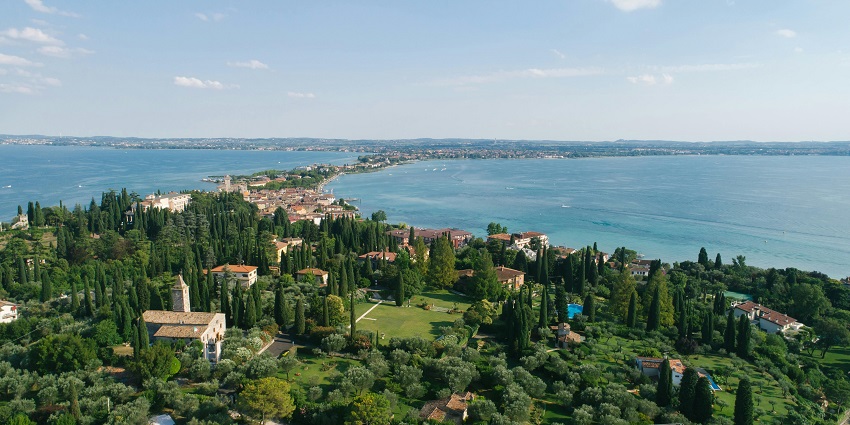
Photo: Mikhail Nilov / Pexels / Image For Representation Only
The best time to visit Ahmedabad and the Calico Museum is between October and March. During these months, the weather is pleasant, making it ideal for sightseeing. The museum itself is open from 10:30 AM – 1 PM on all days except Wednesdays and public holidays. Since the museum only allows a limited number of visitors per day, it’s crucial to book your visit in advance. This ensures you have a slot, as the museum has a cap on daily tours to maintain the integrity of the artefacts.
Other Factors To Consider
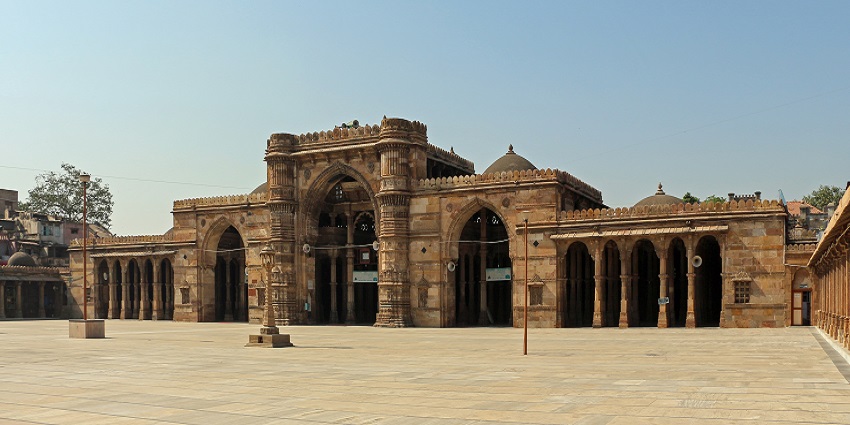
Photo: Bernard Gagnon / Wikimedia Commons / Image For Representation Only
Photography: Photography is strictly prohibited inside the Calico Museum. So, ensure your phones and cameras are off before entering the museum premises.
Guided Tours: The museum only offers guided tours. It’s recommended to follow along attentively, as the guides provide valuable context to the exhibits.
Timings: Arrive early, as the museum has limited operating hours, and tours can get booked quickly.
Suggested Read: Dandi Beach Museum Gujarat
The Calico Museum in Ahmedabad offers a deep dive into India’s rich textile history. Whether you’re fascinated by ancient craftsmanship or simply want to explore the artistic heritage of the country, a visit to this textile museum in Ahmedabad is a must. Plan your visit well in advance, and make sure to explore other aspects of Ahmedabad’s culture while you’re in the city. The city has a lot to offer, and visiting this beautiful city will definitely help you to connect with yourself.
Cover Photo: Ara Qadir / Wikimedia Commons / Image For Representation Only


 WhatsApp
WhatsApp
 Twitter
Twitter









